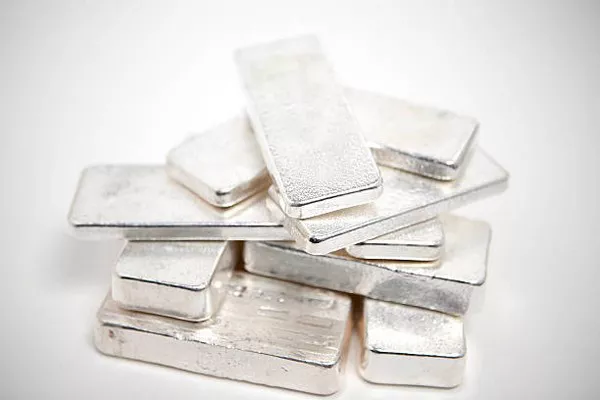In the ever-evolving landscape of investment, silver has consistently attracted attention as a precious metal with a unique allure. Investors, both seasoned and novice, often find themselves questioning the dynamics that drive the value of silver. This article delves into the multifaceted factors that contribute to the increase in silver’s value, exploring historical context, industrial demand, and macroeconomic trends.
Historical Perspective:
Silver, with a rich history dating back centuries, has maintained its position as a store of value and a medium of exchange. Traditionally, it has been used as a currency, akin to gold, and its scarcity and durability have added to its appeal. Throughout history, silver has been sought after for its ornamental and monetary purposes, creating a foundation for its enduring value.
One of the key factors influencing silver’s value is its role as a hedge against inflation and economic uncertainty. During times of economic turmoil, investors often turn to precious metals, including silver, as a safe haven to preserve wealth. The historical correlation between economic downturns and increased demand for silver underscores its status as a reliable asset in times of crisis.
Industrial Demand:
Beyond its historical significance, silver’s value is significantly influenced by its widespread industrial applications. Unlike gold, which is primarily viewed as a store of value, silver is an essential component in various industries, ranging from electronics to solar energy.
The increasing demand for consumer electronics, such as smartphones and laptops, has led to a surge in the need for silver, given its exceptional conductivity. As technology continues to advance, the demand for silver in the production of semiconductors and other electronic components is expected to grow, providing a fundamental support for its value.
Furthermore, the green energy revolution has fueled the demand for silver in solar panel manufacturing. As the global emphasis on renewable energy sources intensifies, silver’s role in capturing and conducting solar power positions it as a critical resource. This shift towards sustainable energy solutions enhances silver’s appeal as an investment, as it aligns with broader environmental and social trends.
Macroeconomic Trends:
Silver’s value is intricately connected to macroeconomic trends and monetary policies. Central banks’ decisions, inflation rates, and currency fluctuations all play a role in shaping the investment landscape for silver. The metal’s intrinsic value is often heightened during periods of low interest rates and monetary expansion.
In times of economic stimulus and low interest rates, investors seek assets that can provide a hedge against potential inflation. Silver, with its historical role as a reliable store of value, becomes an attractive option. The inverse relationship between interest rates and silver prices is a crucial consideration for investors, as low rates tend to drive silver prices higher.
Moreover, the depreciation of fiat currencies, a phenomenon often associated with expansive monetary policies, can contribute to the rise in silver’s value. Investors turn to tangible assets like silver to protect their wealth against the erosion caused by currency devaluation. The relative scarcity of silver, coupled with its intrinsic value, positions it as a tangible asset capable of preserving purchasing power in the face of currency fluctuations.
Market Dynamics:
The dynamics of the silver market, including supply and demand factors, play a pivotal role in determining its value. Silver, like other commodities, is subject to fluctuations based on changes in production, geopolitical events, and market sentiment.
The mining industry’s ability to meet the growing demand for silver is a critical factor. Challenges in mining operations, geopolitical tensions affecting mining regions, and environmental concerns can impact the supply side of the equation. Any disruption in the supply chain can exert upward pressure on silver prices, reinforcing its value proposition.
Investor Sentiment and Speculation:
The value of silver is not solely driven by its intrinsic uses or market dynamics; investor sentiment and speculative activity also play a significant role. The perception of silver as a tangible and accessible investment can lead to periods of increased speculative interest, driving prices higher.
Silver’s relatively lower price compared to gold makes it an attractive option for retail investors. The affordability of silver allows a broader segment of the population to participate in precious metal investments, leading to increased demand during periods of heightened market uncertainty or inflationary concerns.
Conclusion:
The increase in the value of silver is a nuanced interplay of historical significance, industrial demand, macroeconomic trends, market dynamics, and investor sentiment. As a precious metal with diverse applications and a rich legacy, silver stands as a resilient asset in the ever-changing landscape of investments.
Investors seeking to understand the factors behind the rise in silver’s value should consider the metal’s historical role as a store of value, its integral position in industrial applications, and its responsiveness to macroeconomic trends. By examining these facets, market participants can gain valuable insights into the multifaceted nature of silver’s value, allowing for more informed investment decisions in a dynamic and evolving financial environment.


